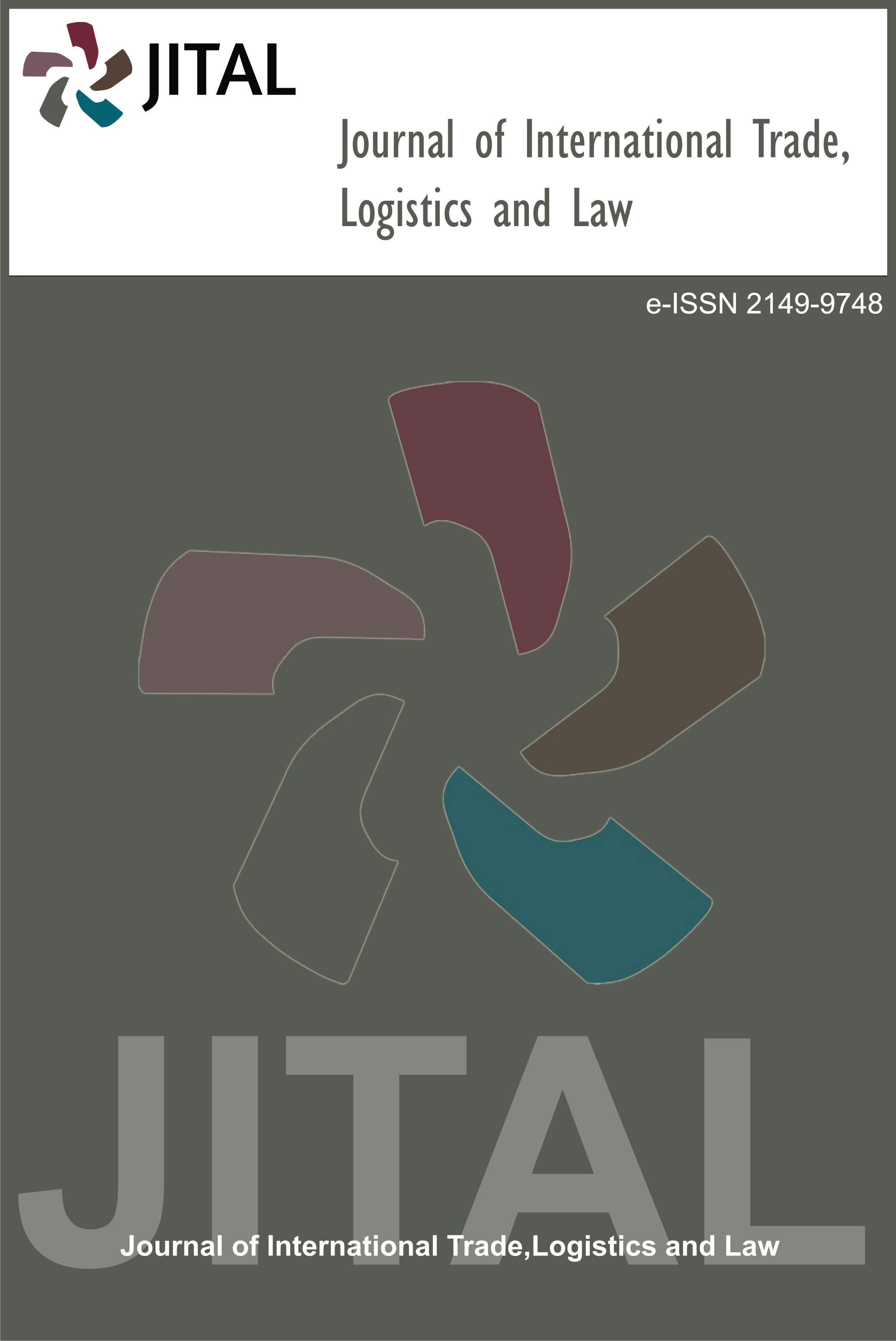Reconstruction of The Regulation of the Utilization of Abandoned Land in Accordance with the Principles of Quality Spatial Planning Law
Abstract
Utilization of abandoned land that does not pay attention to social aspects can lead to marginalization for certain groups, such as indigenous peoples or the poor, who may lose access to land that they previously managed traditionally. Therefore, it is important to involve all parties in the planning process so that the utilization of abandoned land can provide fair and equitable benefits for all levels of society. This objective is reflected in the principles stipulated in the Basic Agrarian Law (UUPA) No. 5 of 1960, especially in Articles 2 and 6 which state that all land rights have a social function. Reconstruction of legal norms in the regulation of abandoned land is also very important so that there are regulations that are comprehensive and responsive to dynamics in the field. This reconstruction not only functions to provide legal clarity, but also guarantees the protection of the rights of previous owners and prevents social conflicts in the future. More than just a transfer of ownership, the reuse of abandoned land must be carried out in a planned and directed manner, referring to the principle of sustainable land use. This principle emphasizes the importance of land use that takes into account the balance between economic benefits, environmental sustainability, and social sustainability. Abandoned land that has been re-managed by the state can be directed to support better spatial planning such as the development of green open spaces, food agriculture areas, people's settlements, or public facilities, all of which have a direct impact on improving the quality of life of the community.
Keywords
Full Text:
PDFIndexing and Abstracting Services










Other Sources and Services


License

Journal of International Trade, Logistics and Law is licensed under a Attribution-NonCommercial 4.0 International (CC BY-NC 4.0).


